Home>Maintenance & Safety>Child & Elderly Safety at Home>What Do You Put In A Sippy Cup For A 6-Month Old?
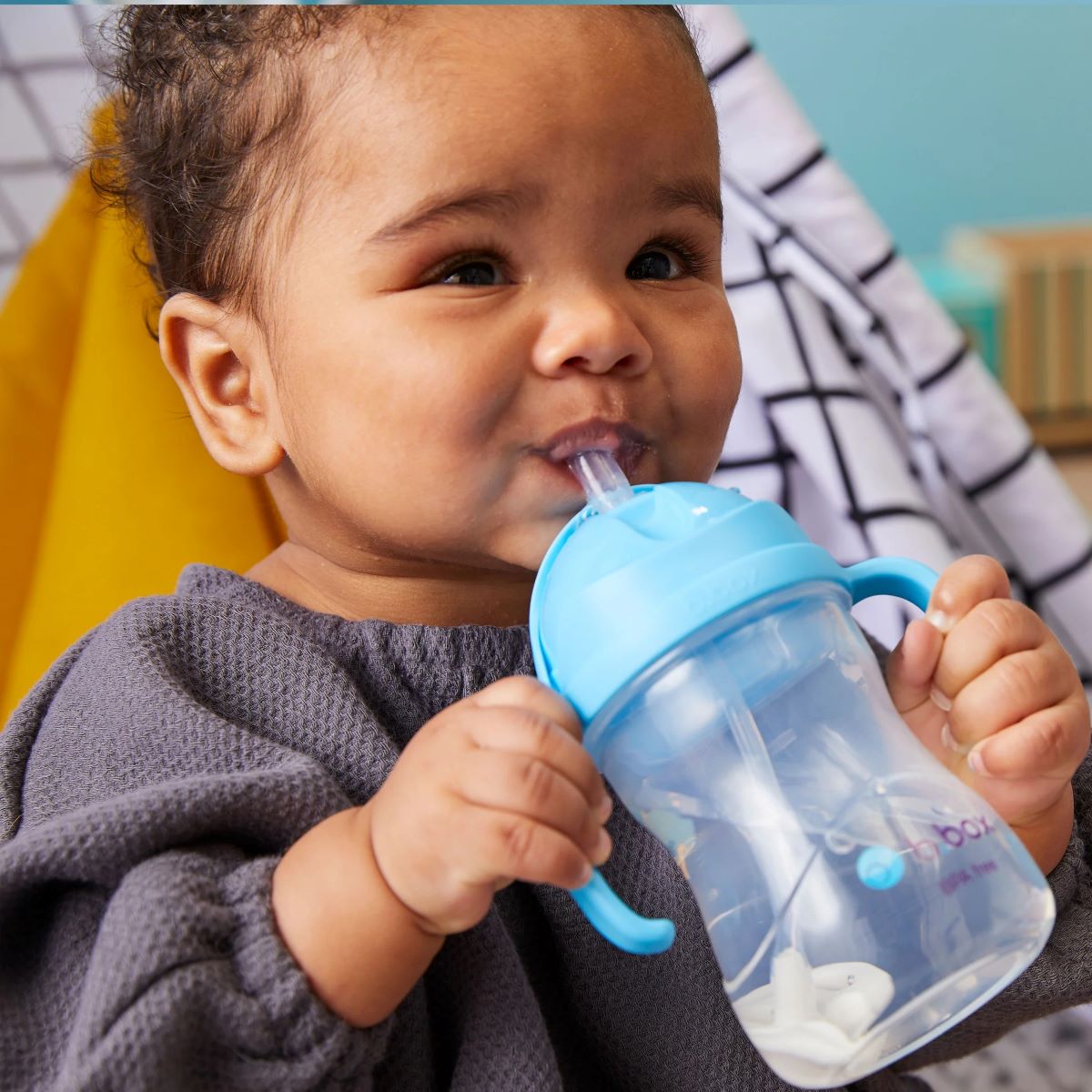

Child & Elderly Safety at Home
What Do You Put In A Sippy Cup For A 6-Month Old?
Published: February 13, 2024
Find out what to put in a sippy cup for your 6-month-old and ensure child and elderly safety at home. Get expert tips and advice here!
(Many of the links in this article redirect to a specific reviewed product. Your purchase of these products through affiliate links helps to generate commission for Storables.com, at no extra cost. Learn more)
Introduction
Introducing a sippy cup to a 6-month-old marks an exciting milestone in their development. As babies grow and become more curious about the world around them, it's essential to provide them with the right nourishment in a safe and age-appropriate manner. The transition from bottle or breast to a sippy cup is a significant step towards independent drinking and self-feeding skills. However, it's crucial to ensure that the contents of the sippy cup are suitable for a 6-month-old's delicate digestive system and overall well-being.
In the following sections, we will explore various options for what to put in a sippy cup for a 6-month-old, taking into consideration their nutritional needs, developmental stage, and safety. From water to breast milk or formula, diluted fruit juice, and milk alternatives, each option serves a specific purpose in supporting the healthy growth and hydration of your little one. By understanding the benefits and considerations of each choice, you can make informed decisions that promote your baby's well-being while nurturing their emerging independence. Let's delve into the details of each option to ensure that your 6-month-old receives the best possible start on their journey towards independent drinking.
Key Takeaways:
- Introducing a sippy cup to a 6-month-old? Water, breast milk, diluted fruit juice, and milk alternatives are great choices. Always consult a pediatrician for personalized guidance.
- Sippy cups are a fun way for babies to learn drinking skills. Water keeps them hydrated, breast milk or formula provides essential nutrients, and diluted fruit juice adds flavor. Always prioritize safety and consult a healthcare provider.
Read more: How Old For A Sippy Cup?
Water
Water is a fundamental element of life, and its importance for a 6-month-old baby cannot be overstated. At this stage, babies are typically introduced to sippy cups as they begin to explore new tastes and textures. While water may seem like a simple choice, it plays a crucial role in keeping your little one hydrated and supporting their overall health.
For a 6-month-old, water serves as a refreshing and essential drink. It helps maintain the body's hydration levels, aids digestion, and supports the proper functioning of bodily systems. When introducing water to a sippy cup, it's important to use clean, safe drinking water. Avoid adding any sweeteners, flavorings, or additives to the water, as these are unnecessary for a baby's developing palate and can potentially introduce unwanted elements into their diet.
When offering water in a sippy cup to a 6-month-old, it's advisable to start with small amounts, especially if they are still primarily reliant on breast milk or formula for their nutritional needs. Gradually increasing the amount of water offered in the sippy cup can help your baby become accustomed to the new drinking method while ensuring that their overall fluid intake remains balanced.
It's important to note that while water is essential for hydration, it should not replace breast milk or formula as the primary source of nutrition for a 6-month-old. Breast milk or formula provides vital nutrients and calories that support a baby's growth and development. Therefore, water in a sippy cup should be viewed as a complementary addition to their diet, rather than a replacement for essential nourishment.
In addition to its hydrating properties, offering water in a sippy cup can also help babies develop their drinking skills and hand-eye coordination. As they learn to grasp and tilt the sippy cup, they are honing their motor skills and gaining a sense of independence in their feeding routine.
Overall, water is a simple yet vital choice for a 6-month-old's sippy cup. By providing clean, safe water in a sippy cup, you are not only supporting your baby's hydration needs but also laying the foundation for healthy drinking habits as they continue to grow and explore the world of nourishment.
Remember, always consult with your pediatrician or healthcare provider for personalized guidance on introducing water and other beverages to your 6-month-old, taking into account their individual needs and development.
In the next sections, we will explore additional options for what to put in a sippy cup for a 6-month-old, including breast milk or formula, diluted fruit juice, and milk alternatives. Each option offers unique benefits and considerations, contributing to your baby's overall well-being and development.
Breast milk or formula
At 6 months old, breast milk or formula remains a primary source of nutrition for babies. The transition to a sippy cup provides an opportunity to introduce breast milk or formula in a new, age-appropriate manner. Both breast milk and formula are rich in essential nutrients, vitamins, and antibodies that support a baby's growth and immune system.
When offering breast milk or formula in a sippy cup, it's important to ensure that the cup's spout is suitable for the baby's age and developmental stage. Some sippy cups are designed with soft, silicone spouts that mimic the feel of a nipple, making the transition from bottle or breast to cup more comfortable for the baby.
Introducing breast milk or formula in a sippy cup can be a gradual process. Initially, you may offer small amounts in the cup during meal times or as a mid-day snack. This allows the baby to become familiar with the new drinking method while continuing to receive essential nourishment from breast milk or formula.
One of the benefits of offering breast milk or formula in a sippy cup is the development of oral motor skills. As the baby learns to suckle from the cup's spout, they are strengthening the muscles involved in feeding and speech development. This gradual transition also encourages independent drinking, fostering a sense of autonomy and self-reliance in the baby's feeding routine.
For breastfeeding mothers, the introduction of a sippy cup can complement the breastfeeding experience, providing an alternative way for the baby to receive breast milk while promoting their growing independence. Similarly, for parents who use formula, offering it in a sippy cup allows for a smooth transition from bottle feeding to independent drinking.
It's important to note that while breast milk or formula can be introduced in a sippy cup, they should remain the primary sources of nutrition for a 6-month-old. The sippy cup serves as a supplementary method for offering these essential liquids, supporting the baby's developmental milestones while maintaining their nutritional intake.
Always consult with a pediatrician or healthcare provider for personalized guidance on the introduction of breast milk or formula in a sippy cup. They can provide tailored recommendations based on the baby's individual needs and ensure that the transition aligns with their overall health and well-being.
In the next sections, we will explore additional options for what to put in a sippy cup for a 6-month-old, including diluted fruit juice and milk alternatives. Each option offers unique benefits and considerations, contributing to the baby's overall well-being and development.
At 6 months old, you can put breast milk, formula, or water in a sippy cup for your baby. Avoid giving juice or other sugary drinks.
Diluted fruit juice
Introducing diluted fruit juice in a sippy cup for a 6-month-old can add a burst of flavor and essential nutrients to their diet. While fruit juice can be a refreshing and enjoyable option, it's important to approach its introduction with careful consideration of the baby's nutritional needs and developmental stage.
When offering diluted fruit juice to a 6-month-old, it's crucial to dilute the juice with water to reduce its natural sugars and make it more suitable for their delicate digestive system. Diluting the juice helps minimize the baby's intake of concentrated sugars while still providing a hint of natural fruit flavor. It's recommended to start with a significant dilution, such as a ratio of 1 part juice to 10 parts water, and gradually adjust the mixture based on the baby's acceptance and tolerance.
Opting for 100% pure, unsweetened fruit juice without any additives or preservatives is essential. This ensures that the baby receives the pure nutritional benefits of the fruit without unnecessary additives that may be unsuitable for their age. Common choices for diluted fruit juice include apple, pear, or white grape juice, as they are generally well-tolerated and offer a mild, pleasing taste.
The introduction of diluted fruit juice in a sippy cup can provide additional hydration and essential vitamins, such as vitamin C, which supports the baby's immune system and overall health. However, it's important to remember that fruit juice should not replace breast milk or formula as the primary source of nutrition. Instead, it should be viewed as a supplementary option, offered in moderation as part of a balanced diet.
As with any new food or beverage introduction, it's advisable to observe the baby's reaction to diluted fruit juice and monitor for any signs of allergies or digestive discomfort. If the baby shows any adverse reactions, such as diarrhea or rashes, it's best to discontinue the juice and consult with a healthcare provider.
By offering diluted fruit juice in a sippy cup, parents can introduce new flavors and textures to the baby's palate while promoting healthy hydration. The sippy cup serves as a tool for developing drinking skills and hand-eye coordination, allowing the baby to explore different tastes in a safe and controlled manner.
Always seek guidance from a pediatrician or healthcare provider before introducing diluted fruit juice to a 6-month-old, as they can provide personalized recommendations based on the baby's individual needs and ensure that the introduction aligns with their overall health and well-being.
In the following section, we will explore the option of milk alternatives for a 6-month-old's sippy cup, considering their unique benefits and considerations in supporting the baby's overall well-being and development.
Milk alternatives
As babies reach the age of 6 months, some parents may consider introducing milk alternatives in a sippy cup to diversify their little one's diet. While breast milk or formula remains the primary source of nutrition, exploring milk alternatives can offer additional options for meeting the baby's nutritional needs. When considering milk alternatives for a 6-month-old, it's essential to select options that align with their developmental stage and dietary requirements.
One popular milk alternative for babies is fortified infant formula. These specialized formulas are designed to provide essential nutrients, such as calcium, vitamin D, and protein, which are vital for a baby's growth and bone development. Fortified infant formulas are carefully formulated to mimic the nutritional composition of breast milk, making them a suitable option for babies who may have dietary sensitivities or allergies to cow's milk.
Another milk alternative to consider is expressed breast milk. For mothers who are unable to breastfeed directly, expressing breast milk and offering it in a sippy cup provides a familiar and nourishing option for their baby. Expressed breast milk retains the same beneficial properties as direct breastfeeding, offering essential nutrients, antibodies, and comfort to the baby.
For families following a plant-based diet or seeking dairy-free options, fortified plant-based milk alternatives, such as almond milk, soy milk, or oat milk, can be introduced in a sippy cup. It's important to select unsweetened and fortified varieties of plant-based milk to ensure that the baby receives essential nutrients, including calcium, vitamin B12, and vitamin D. When offering plant-based milk alternatives, it's advisable to consult with a pediatrician or healthcare provider to ensure that the chosen option aligns with the baby's nutritional requirements.
When introducing milk alternatives in a sippy cup, it's crucial to monitor the baby's response and observe for any signs of allergies or digestive discomfort. Additionally, it's important to note that milk alternatives should not replace breast milk or formula as the primary source of nutrition for a 6-month-old. Instead, they should be viewed as supplementary options, offered in moderation as part of a balanced and varied diet.
By considering milk alternatives for a 6-month-old's sippy cup, parents can provide additional choices for meeting their baby's nutritional needs while supporting their overall development. Always seek guidance from a pediatrician or healthcare provider before introducing milk alternatives, as they can offer personalized recommendations based on the baby's individual needs and ensure that the chosen options align with their overall health and well-being.
In the next sections, we will explore additional considerations for sippy cup usage and safety, providing comprehensive guidance for parents and caregivers as they support their baby's journey towards independent drinking.
Read more: What Is A Sippy Cup?
Conclusion
Introducing a sippy cup to a 6-month-old represents a significant step in their journey towards independent drinking and self-feeding skills. As parents and caregivers navigate this developmental milestone, it's essential to consider the diverse options for what to put in a sippy cup, taking into account the baby's nutritional needs, developmental stage, and safety.
From the fundamental choice of water to the continued importance of breast milk or formula, the introduction of diluted fruit juice, and the consideration of milk alternatives, each option offers unique benefits and considerations for a 6-month-old's sippy cup contents.
Water, as a simple yet vital choice, serves as a refreshing and essential drink for a 6-month-old, supporting hydration, digestion, and the development of drinking skills. When offered in a sippy cup, water provides an opportunity for the baby to practice hand-eye coordination and gain a sense of independence in their feeding routine.
Breast milk or formula remains a primary source of nutrition for a 6-month-old, and the transition to a sippy cup allows for a gradual introduction of these essential liquids in a new, age-appropriate manner. Offering breast milk or formula in a sippy cup supports the baby's oral motor skills development while complementing the breastfeeding experience for nursing mothers.
The introduction of diluted fruit juice in a sippy cup can add a burst of flavor and essential nutrients to the baby's diet. By diluting fruit juice with water and selecting pure, unsweetened options, parents can provide a refreshing and enjoyable choice while promoting healthy hydration and introducing new flavors to the baby's palate.
When considering milk alternatives for a 6-month-old's sippy cup, options such as fortified infant formula, expressed breast milk, and plant-based milk alternatives offer additional choices for meeting the baby's nutritional needs. Careful consideration of the baby's individual requirements and consultation with a healthcare provider can guide the selection of suitable milk alternatives.
In conclusion, the contents of a 6-month-old's sippy cup play a crucial role in supporting their overall well-being, hydration, and developmental milestones. By understanding the benefits and considerations of each option, parents and caregivers can make informed decisions that nurture the baby's emerging independence while prioritizing their health and safety. Always seek personalized guidance from a pediatrician or healthcare provider to ensure that the chosen sippy cup contents align with the baby's individual needs and contribute to their healthy growth and development.
Frequently Asked Questions about What Do You Put In A Sippy Cup For A 6-Month Old?
Was this page helpful?
At Storables.com, we guarantee accurate and reliable information. Our content, validated by Expert Board Contributors, is crafted following stringent Editorial Policies. We're committed to providing you with well-researched, expert-backed insights for all your informational needs.


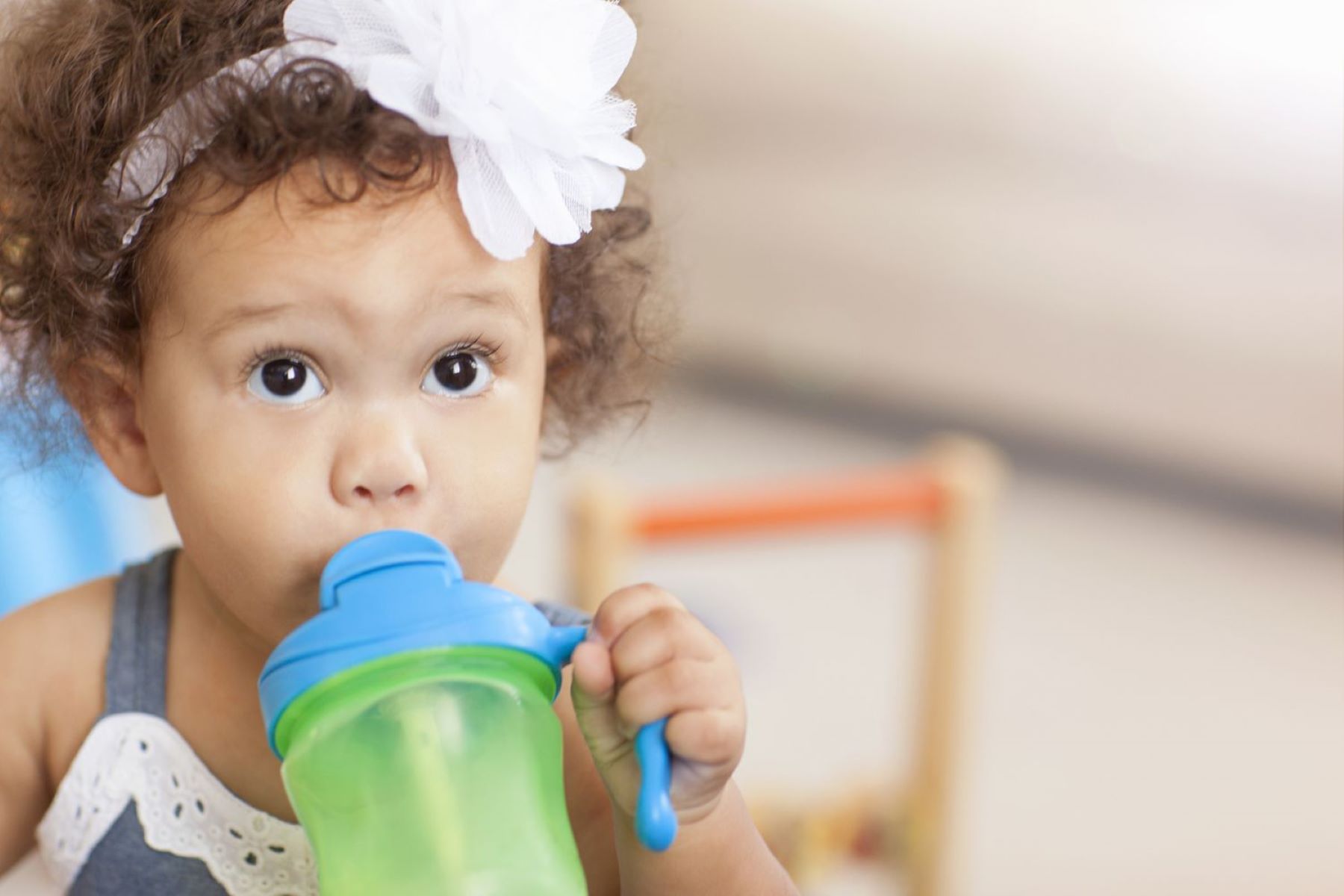
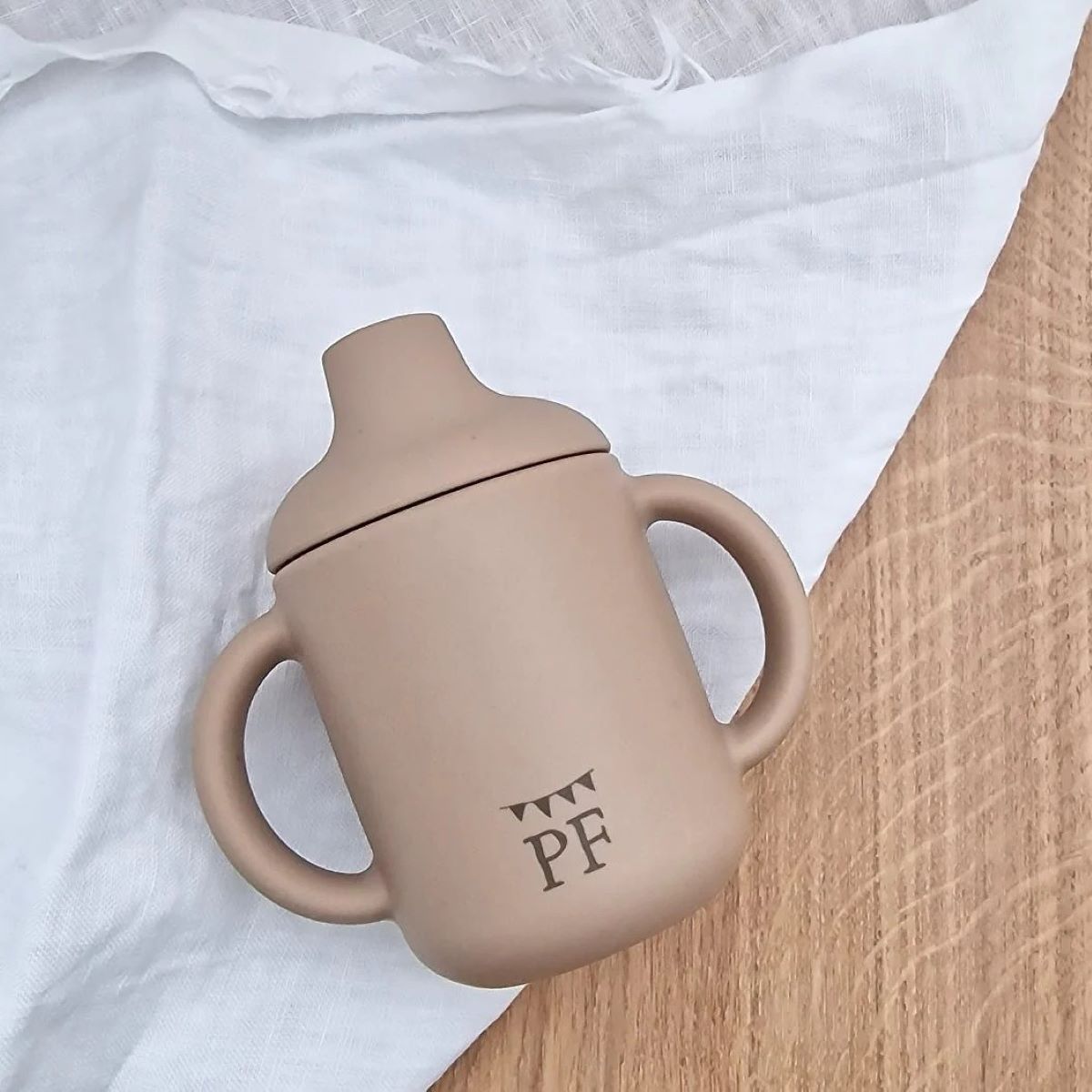

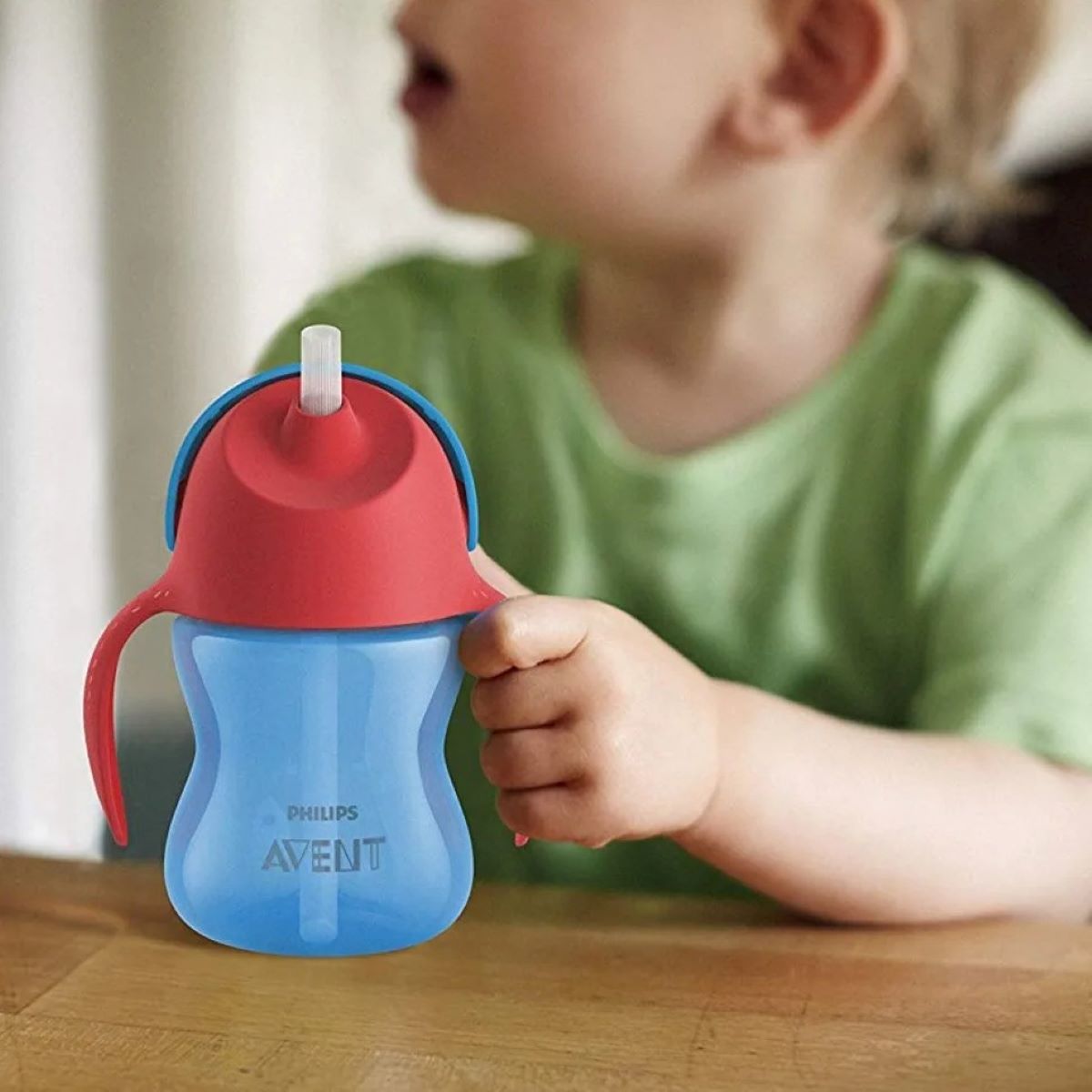
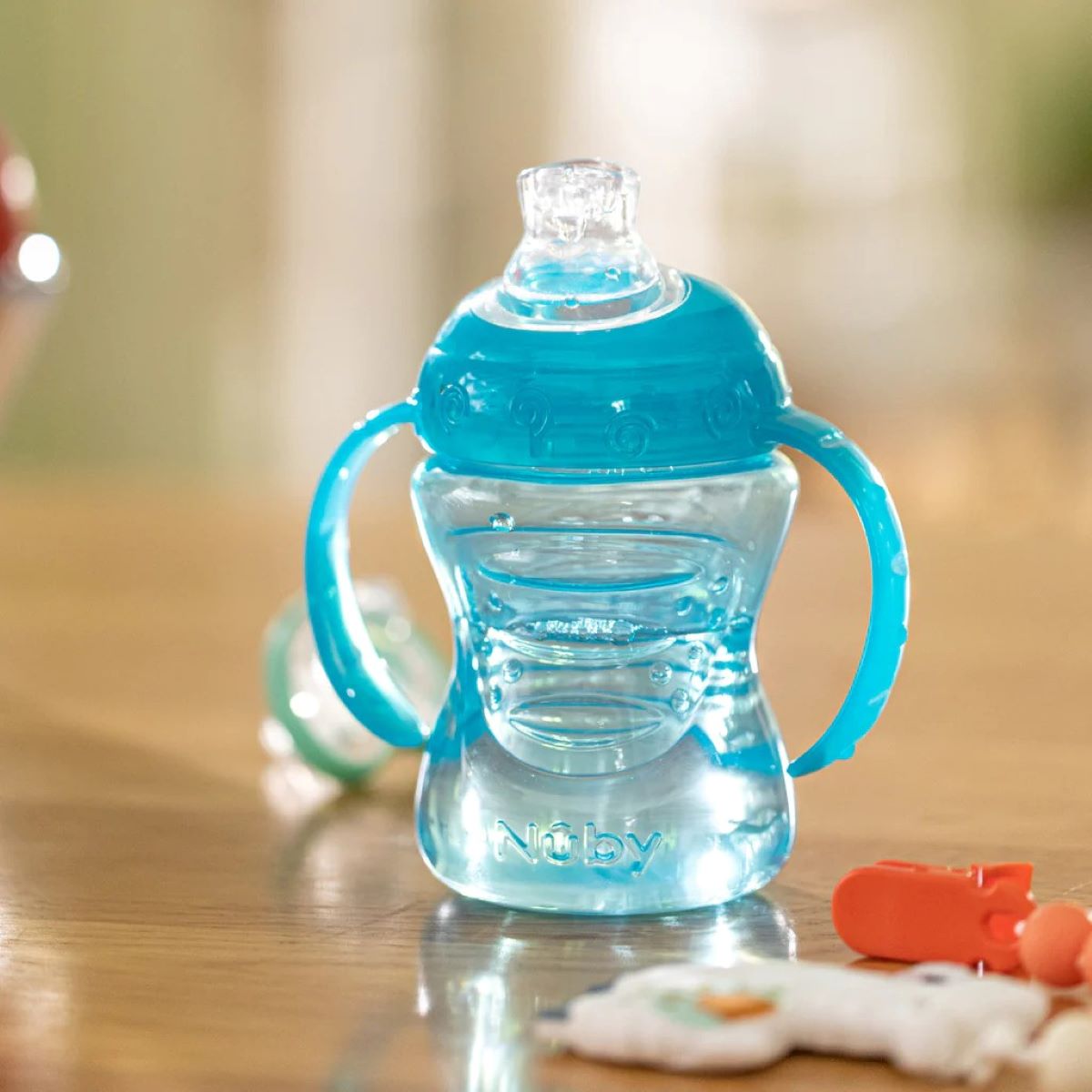
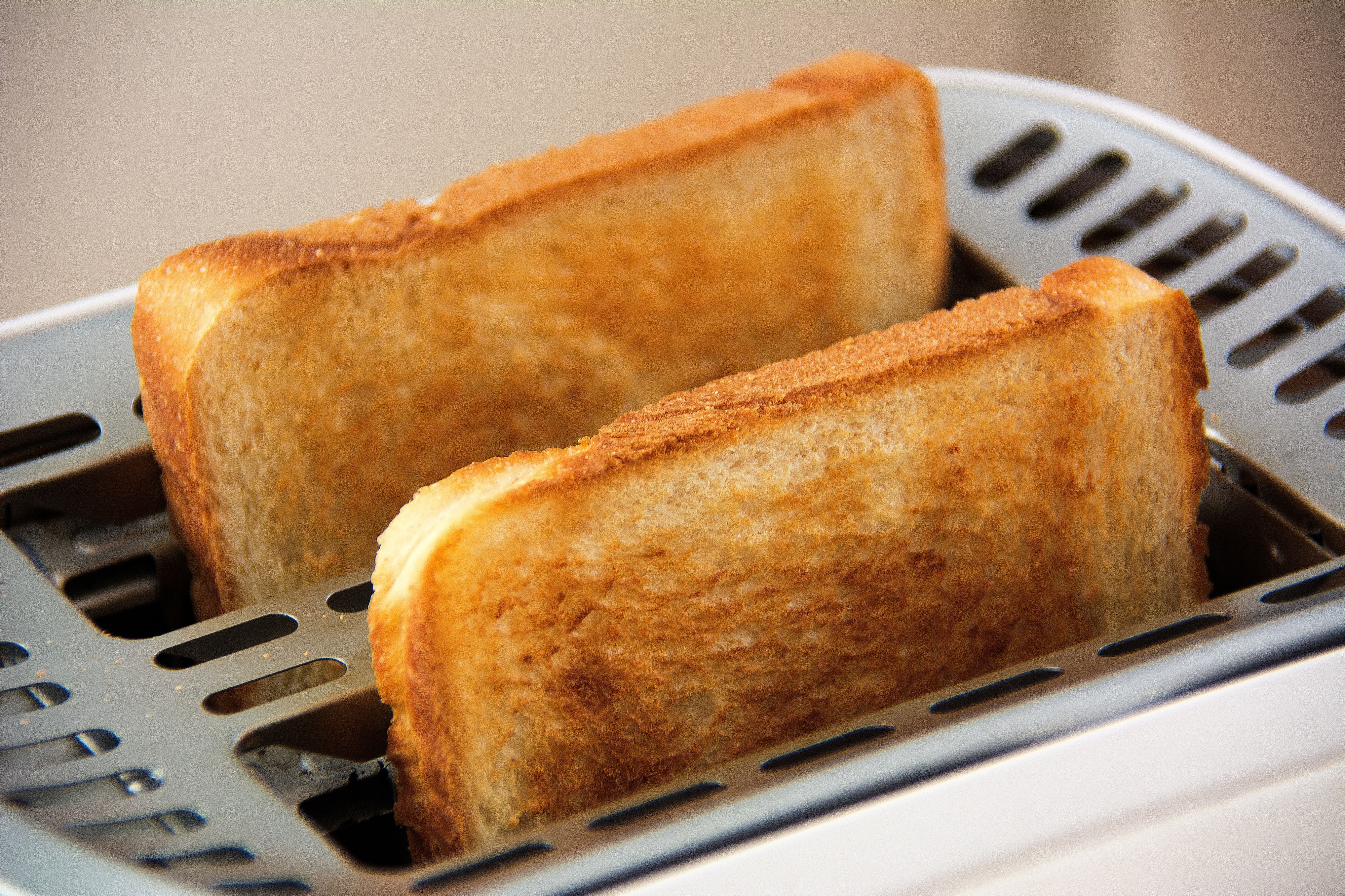
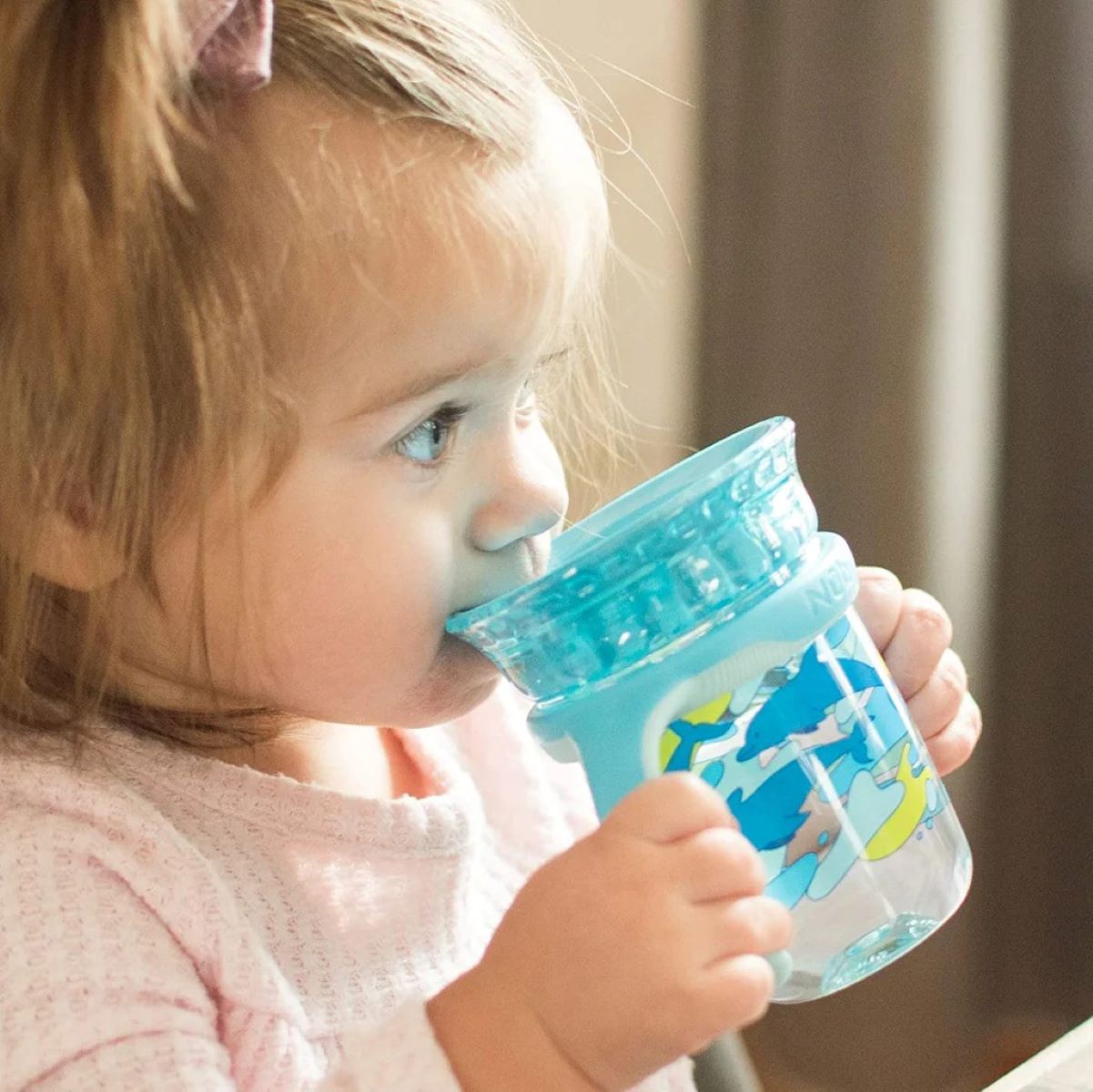
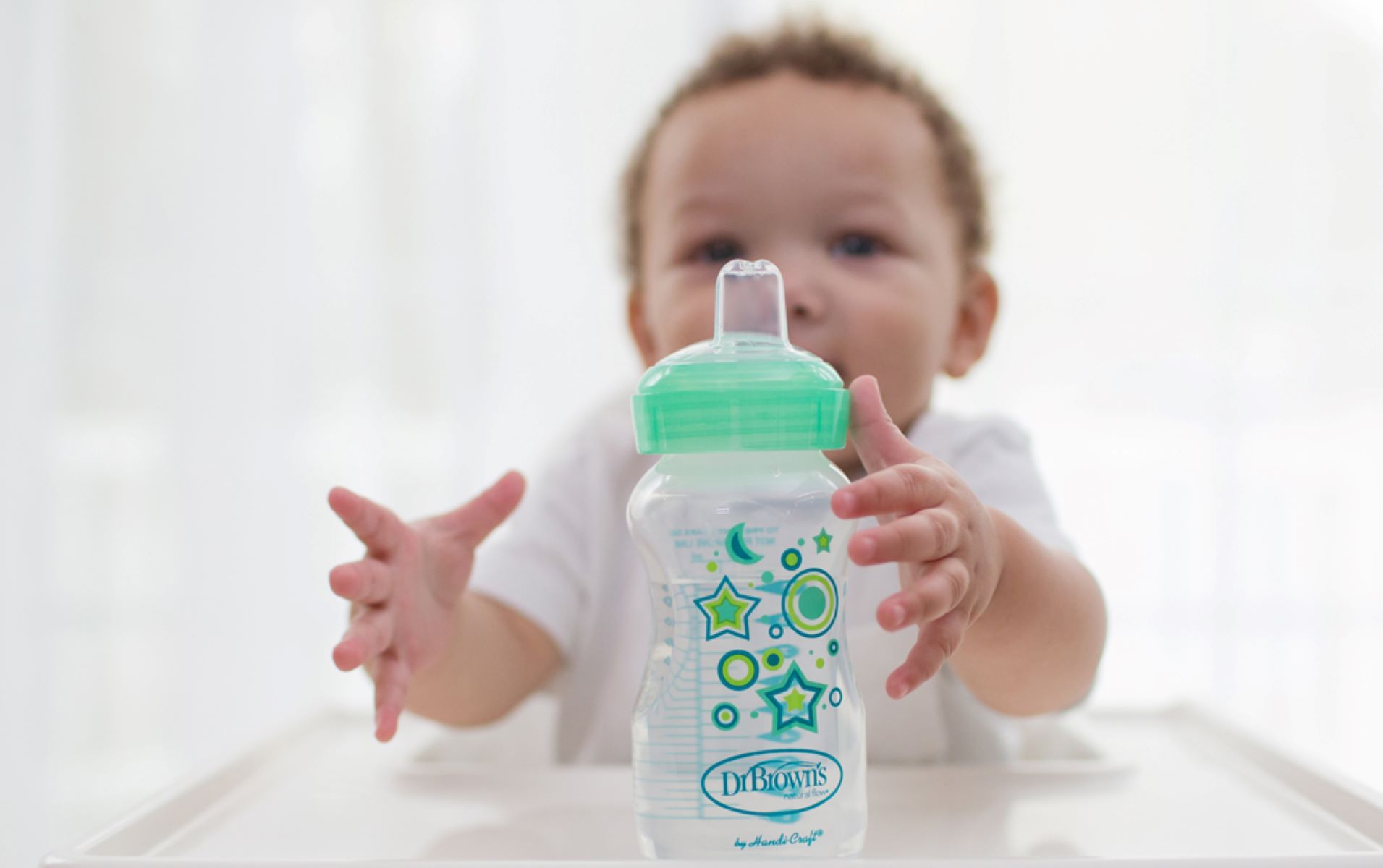
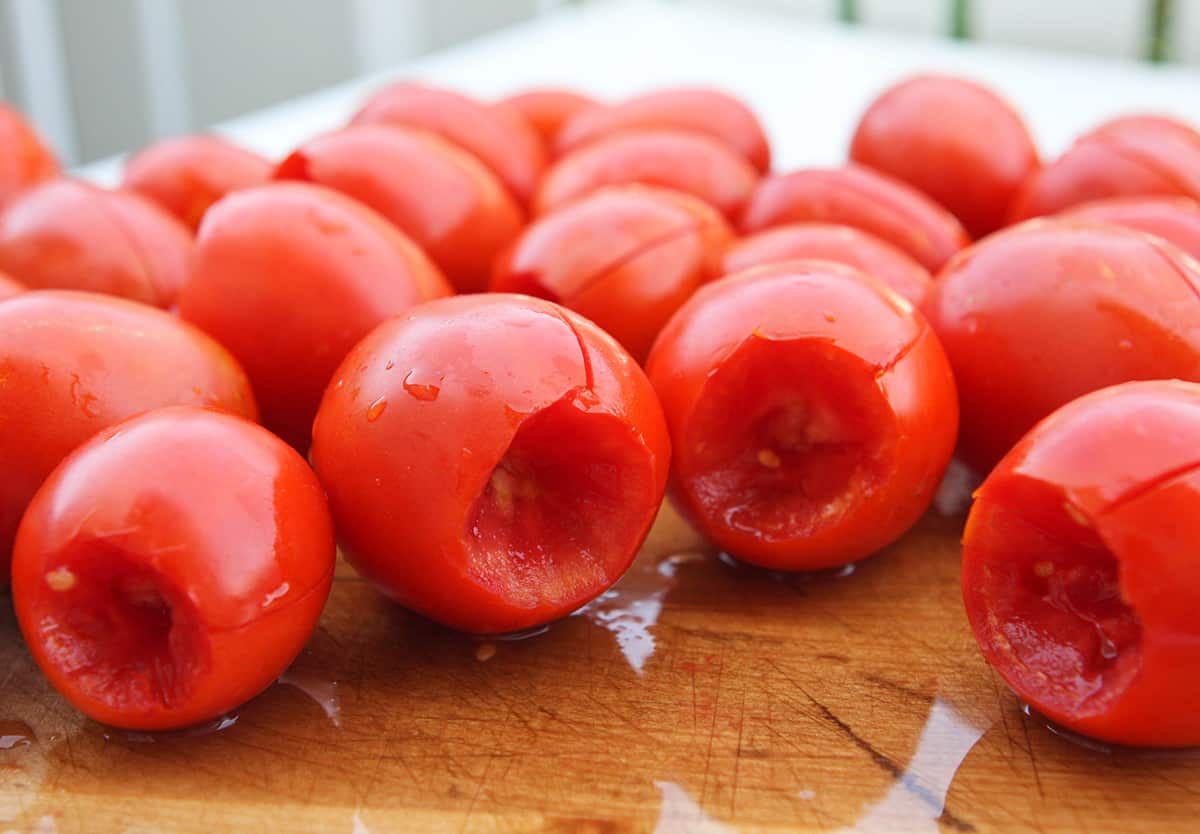

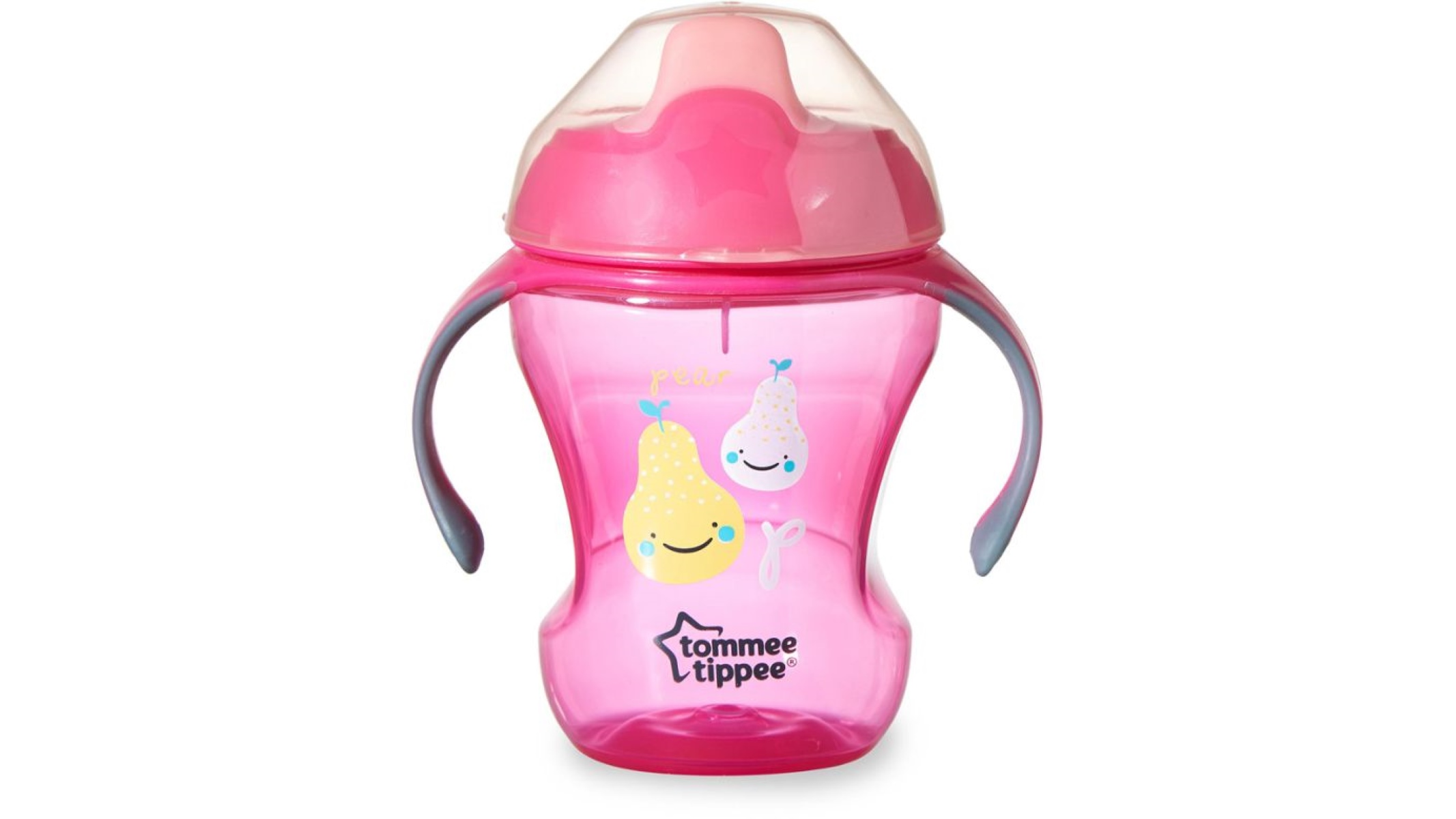
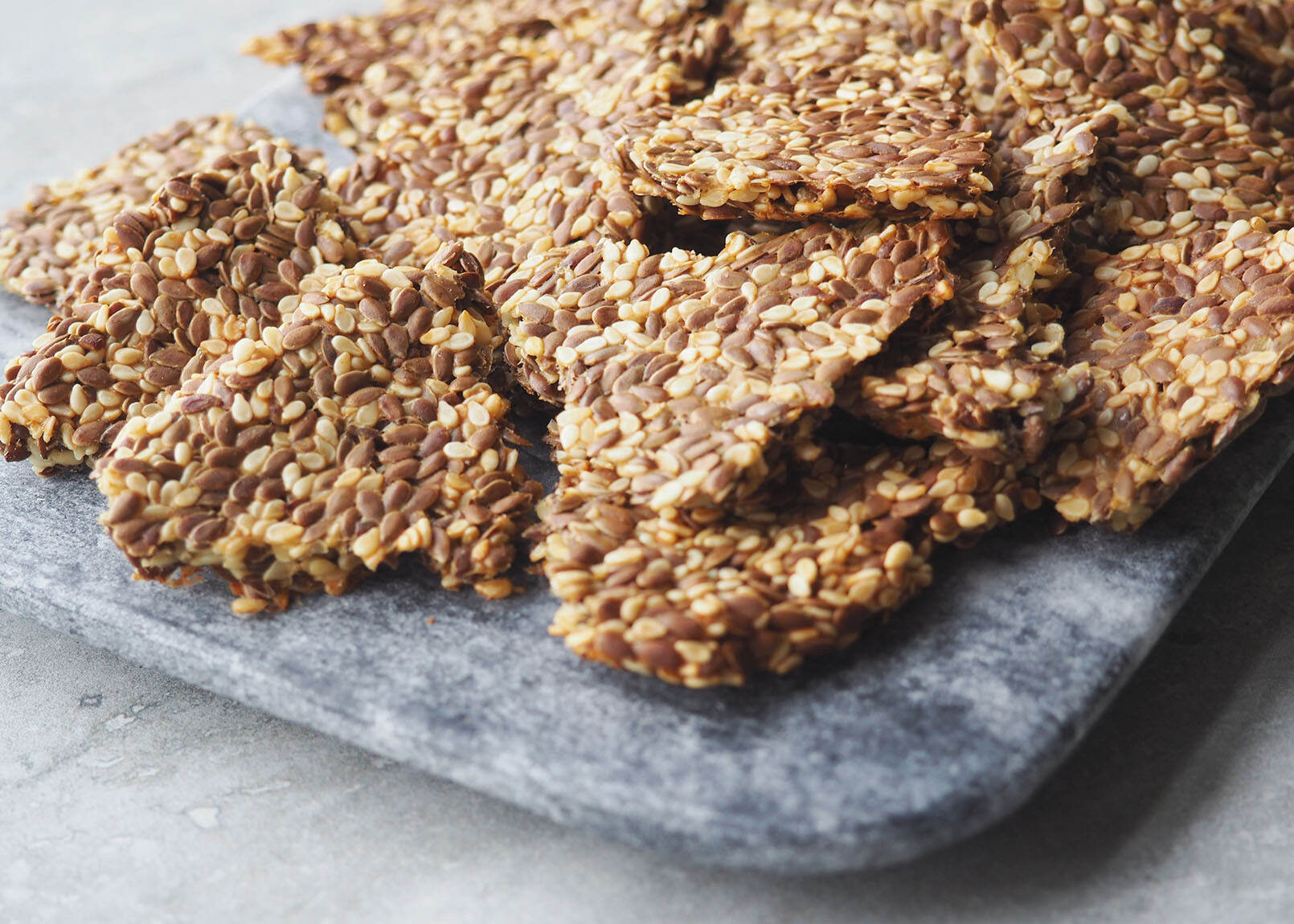

0 thoughts on “What Do You Put In A Sippy Cup For A 6-Month Old?”